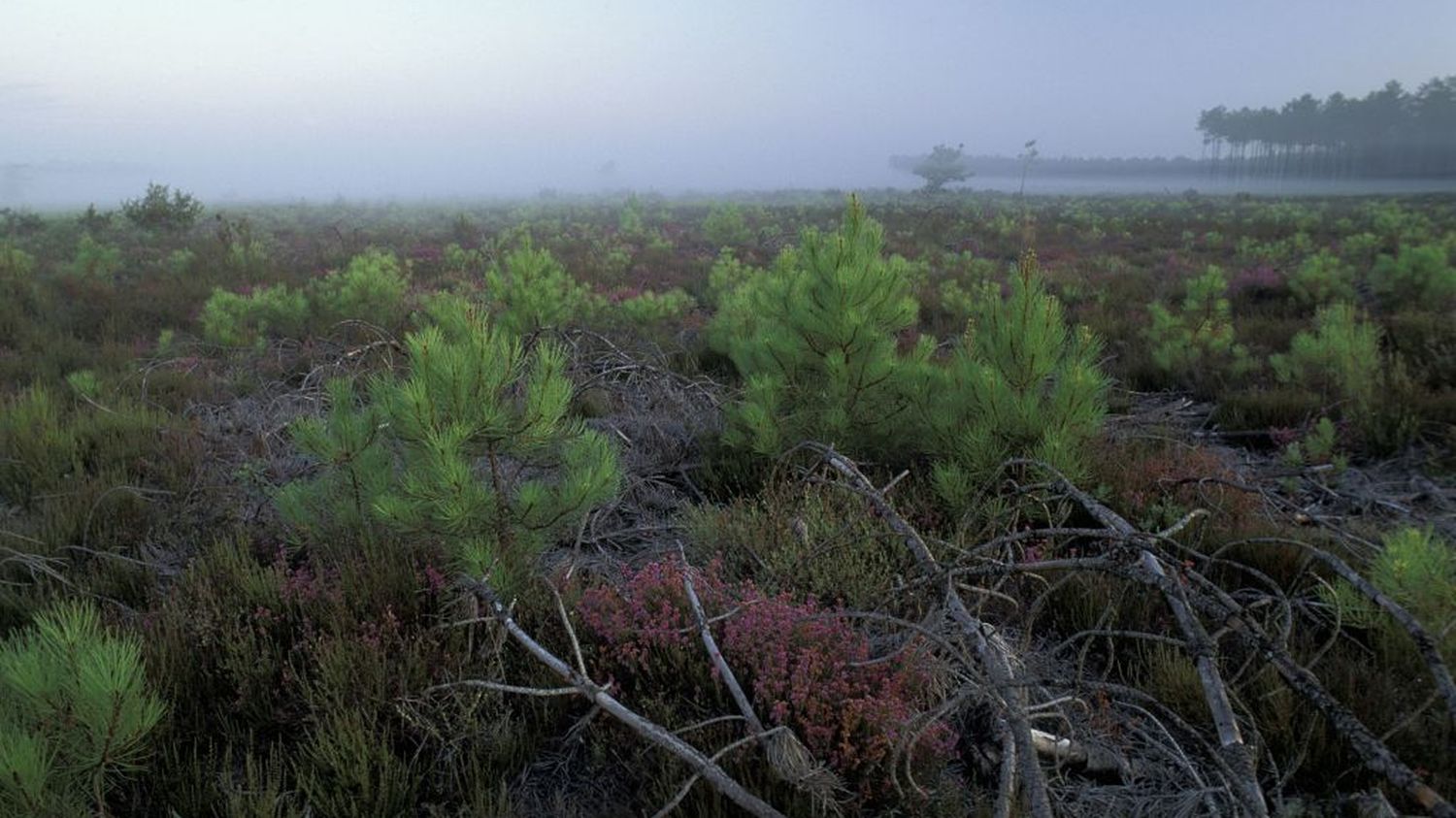In praise of the edge: This often underestimated place is now attracting the attention of ecologists. A first study on the scale of the European continent has recently allowed us to better appreciate their ecological importance. Tests are underway in the Landes massif, with plantations of deciduous edges around maritime pine plantations.

Published
Reading time: 2 min

Hervé Poirier, editor-in-chief of the scientific magazine Epsiloon tells us about a place that today focuses the attention of ecologists: the edges of forests.
franceinfo: Why this particular attention to what we call the edges of forests?
Hervé Poirier: A very fine experiment is underway in the Landes massif. We remember the terrible fires of summer 2022, which destroyed more than 30,000 hectares of forests in Gironde alone. To protect these famous maritime pines from fire, but also from pests and wind, ecologists are planting edges.
Around the pine plantations, they are growing willows, birches, holm oaks, tauzin oaks, all pioneer species, fast growing, which take full advantage of the light of these borders, and thus constitute quickly an effective plant barrier.
With the idea also that these edges could form a vast network of ecological corridors which facilitates the migration and conservation of species, in the face of climate change. A unique test which illustrates the scientific rehabilitation of this marginal place par excellence, of this between-two worlds that we cross without lingering there…
Because until now, science has shown little interest in it?
A few rare studies had been carried out on their ecological role, on their effect on crops and herds in the fields bordering them, but we had to wait until 2024 for a first study on the scale of the European continent to better appreciate their ecological importance. And we realize to what extent the edges are everywhere. In Europe, 40% of the forest area is located less than 100 meters from an edge, 60% of the edges being in contact with agricultural land.
In France alone, there would be 805,000 kilometers of edge – more than twice the distance between the Earth and the Moon! And ecologists realize that it really is a world apart, neither quite in the forest nor quite outside it.
What do you mean ?
The edges are a refuge for plant species that are unable to live in forests or open environments, such as wild anemones and blue gromwell. They are also home to insectivorous birds that can help defend the forest against pests, many reptiles, shrews, bats, many pollinating insects, such as wild bees and bumblebees.
Compared to the rest of the forest, the edges include more flowering plants, shrubs and fruit trees. Contrary to popular belief, it is in fact a much richer ecological environment than the forest itself. In short, the study of the role and effects of these places is only just beginning. But the idea is already there : what if the future of forests depended largely on their edges?
